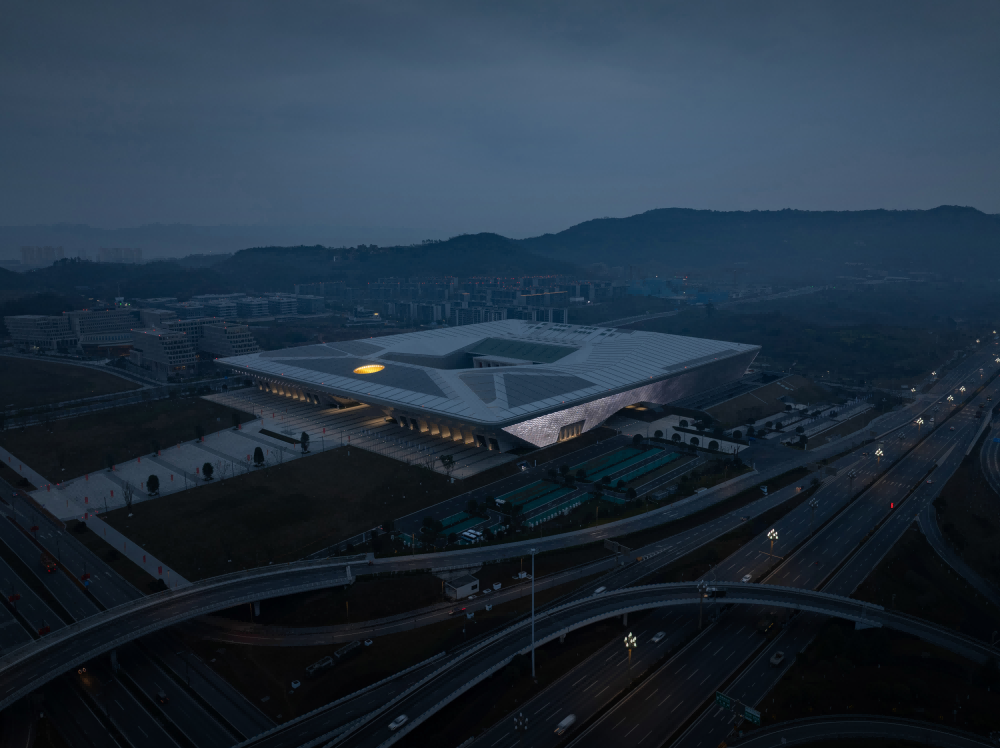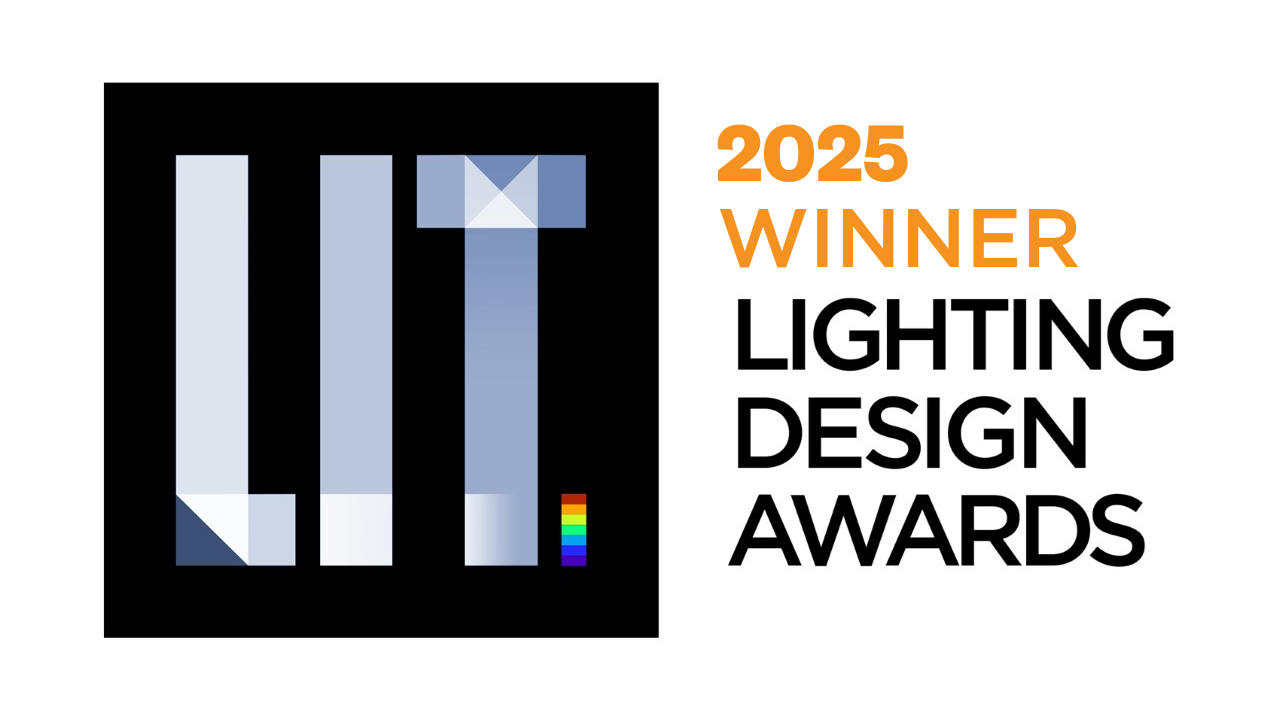Prize(s) Winners in Public Building Lighting Design
Lighting Design/Product Company Beijing PRO Lighting Design Co
Lead Designers Li Hui
Architecture Company East China Architectural Design & Research Institute
Interior Design Company East China Architectural Design & Research Institute
Photo Credits TOPIA Vision
Completion Date 2025.02.14
Project Location Chongqing
Entry DescriptionProject Overview: The Chongqing Science Auditorium's lighting design gives new life to the massive 324m × 281m × 53.6m architecture. Using hidden LEDs, interactive bits, and nature-inspired ideas, inspired by Chongqing's “Mountain City” and “Fog City” traits. It has 26,550m of hidden LEDs, 66,546 twinklers, and motion-triggered disks, mixing tech with art.
Innovation: LEDs in tilted façades (8°–12°) fit 5 textures for day-hidden, night-even light. 46 skylight LEDs zap shadows. Floor disks react to touch, blending tech and “time travel” feel. Programmable LEDs make water/fog illusions.
Functionality: By day, lights vanish; by night, they shine without ruining the look. Angled eaves lights evenly cover plazas. Disks guide folk. Hidden lights handle humidity. Façades mimic sun hues.
Creativity: Up-lights boost symmetry like a palace. LEDs mimic river glints. Façades turn light to mist. Golden skylight shines. Disks and gradients make time “touchable”.
Eco-Social Impact: Water/fog themes boost civic pride. Night lights draw crowds. Soft light makes the huge building friendly.
Conclusion: This design nails innovation, function, creativity, and eco-social good, making civic buildings lively, friendly, and cultural. Light links tech and art, showing big structures can be warm and easy to love.
Sustainability ApproachLight Pollution Mitigation
1. All fixtures are concealed within architectural structures (façade corrugations, eaves slots, etc.), ensuring precise light distribution and eliminating spillage.
Material Circularity & Simplification
1. Lighting infrastructure leverages existing architectural elements (e.g., eaves recesses) to minimize additional material use.
2. Media-technology integration with metallic façades replaces physical ornamentation, reducing resource waste.


